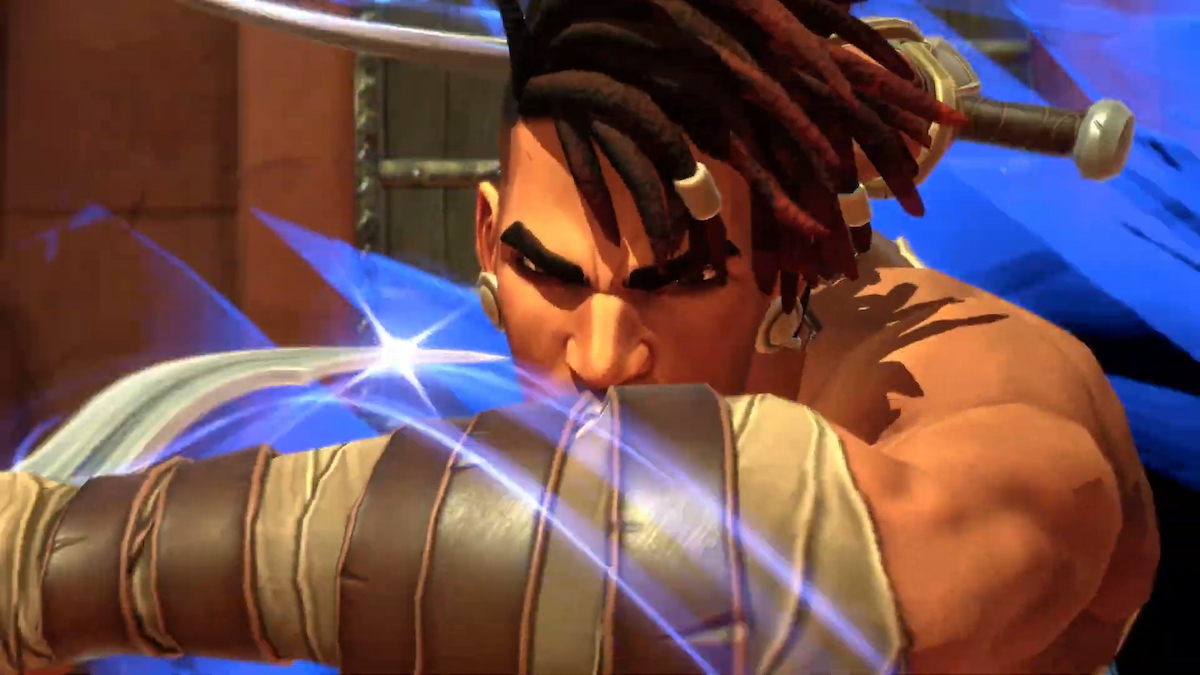Fire Emblem: Genealogy of the Holy War

Genealogy of the Holy War is one of the older Fire Emblem games that, unfortunately, we’ve never gotten here in the west. It’s the fourth entry in the franchise, and actually introduced many of the ideas that would become integral to Fire Emblem for years to come. First off, it was the first game to feature the weapon triangle, something that drastically changed the way your strategies played out in battle. On top of that, it also introduced a chapter format for the story, as well as the relationship system among other things.
The really interesting aspect of Genealogy of the Holy War, however, is the generation system it uses. The game is actually split into two halves, corresponding to two different generations. You character’s stats and pairings in the first half of the game directly influence your characters in the second generation.
The game takes place on the continent of Jugdral, which is composed of eight different continents founded by 12 crusaders. The first part of Genealogy of the Holy War focuses on Sigurd, a prince of Chalphy as the continent gets thrown into chaos because of a budding war.
Genealogy of the Holy War is a fascinating game that really highlights the transition from old Fire Emblem to new. Its generational system is still wholly unique even in the series, and it’d be great to see its ideas get updated even more with advancements like weapons that break the weapon triangle, and the support relationship system from Awakening and Fates. On top of that, it’s really a shame that the west never had the chance to experience one of the more interesting entries in the series. It easily seems like the obvious choice, should Nintendo choose to remake more Fire Emblem games.
Fire Emblem: Thracia 776

Thracia 776 is a pseudo-sequel to Fire Emblem: Genealogy of the Holy War, taking place during the main campaign of the previous game. The game takes place on the Thracian Peninsula of Jugdral, focusing on a young man named Leif during the events between chapters 5 and 8 of Genealogy of the Holy War.
There are many returning characters and familiar faces, as well as quite a few similar gameplay systems. Things like the weapon triangle and chapter format become staples, and Thracia 776 introduces a few new ideas that make it an immensely challenging game. Fog of war now plays a part on certain maps, and there are also escape missions that task you with quickly moving all of your units to an escape point. These are both features that would return again in the series at various points. At the same time, Thracia 776 also introduced something that we’d see again in Shadows of Valentia, a fatigue system.
As units fight in battle they accrue fatigue points, and if their fatigue is higher than their maximum HP at the end of battle, they cannot participate in the next one. This encourages players to use a more diverse battle plan, and not just focus on using the same few powerful units the entire time.
Another staple moving forward in the Fire Emblem franchise was introduced with Thracia 776, Gaiden Chapters. By completing certain objectives in some battles, you’d be taken to optional battles that reveal new pieces of the plot or a chance to recruit new characters.
Just like Genealogy of the Holy War, western audiences never got the chance to experience one of the games that really helped shape the Fire Emblem series. A fresh remake would help update the challenging title for modern audiences, while introducing some key gameplay changes to smooth things out. Maybe Nintendo and Intelligent Systems could even consider releasing the two titles in a dual pack, really giving Fire Emblem fans something to be excited about.
Fire Emblem: The Binding Blade

Considering Roy is one of the most well known Fire Emblem characters around, it’s especially strange that we’ve never actually gotten to play his game in the west. Fire Emblem: The Binding Blade was the first game in the franchise on Game Boy Advance, and features the red-haired swordsman himself.
The title features a story heavily inspired by Arthurian legends, as you take the role of Roy who assumes command of the forces of Lycia after his father, Eliwood, takes ill. As the militant country of Bern invades, it’s up to Roy to realize his destiny and take the battle to them.
Fire Emblem translated onto the Game Boy Advance just fine, as The Binding Blade is filled with vibrant sprites and an even deeper level of tactical complexity than before. It’s somewhat surprising we’ve never seen the title in the west, as it’s actually the sequel to Fire Emblem: Blazing Sword, which was the very first Fire Emblem game in North America. While Blazing Sword was released after The Binding Blade, it functions as a prequel and focuses on Roy’s father Eliwood as well as his comrades Hector and Lyn.
Due to the popularity of both Roy and the nostalgia of the first Fire Emblem game in English, The Binding Blade seems like the obvious next choice for a remake. Nintendo could even opt to remake both games at once and feature them in a two-pack, or simply have them play out as different books inside one title. Both The Binding Blade and Blazing Sword feature some of the best storytelling the series has seen yet, and Binding Blade especially is filled with optional routes and Gaiden chapters to seek out. Layering on some new systems from Awakening, Fates, and Shadows of Valentia would only serve to deepen the story and gameplay even more.
Fire Emblem: The Sacred Stones

The second entry in the series to come to America, The Sacred Stones was quite a departure from the previous game, Blazing Sword. In fact, it shares quite a bit with Fire Emblem Gaiden and Shadows of Valentia. The Sacred Stones tells the story of Ephraim and Eirika, twin siblings of the Kingdom of Renais. In traditional Fire Emblem style, the kingdom is invaded by a militaristic neighbor, and the sibling’s father is killed, leaving them to try and retake their kingdom on their own. They must also unravel the mystery of why a childhood friend has turned to violence and war.
The Sacred Stones still retains the chapter format of previous games, although it also employs a navigable world map like in Gaiden. Random battles as well as optional battles pop up on the map, allowing you to train your units at your leisure. Also similarly to Gaiden, the title includes monsters you’ll have to do battle with along the way.
In terms of new features, the biggest contribution from The Sacred Stones comes in the way of its branching class promotion system. Nearly every character and class in the game gets multiple options when promoting, and there’s a ton of variation in how you can build your army.
The Sacred Stones could really benefit from some of the enhancements introduced with Fire Emblem Echoes: Shadows of Valentia. Adding on explorable towns and dungeons would fit right in, due to the similar style. Additionally, voicing the story scenes could help add character and gravitas to the game. Considering how much The Sacred Stones shares with Gaiden, it’s definitely an easy pick for Nintendo.
Fire Emblem: Path of Radiance

Fire Emblem: Path of Radiance was the game that finally brought the series into the 3D realm, upping the presentation for both gameplay and storytelling. Path of Radiance focuses on everyone’s favorite swordsman, Ike, who becomes impromptu leader of the Greil Mercenaries. This is a bit of a different style of story for Fire Emblem, and while the Greil Mercenaries do end up embroiled in a massive war, Ike is the first hero of the series who’s not of nobility. Path of Radiance takes place on the continent of Tellius, which is split between the human-like Beorc and the shapeshifting animal race known as Laguz. The game’s story is surprisingly dark and thematic at times, even touching on hints of racism with the Beorc and Laguz.
Of course, the most obvious change with Path of Radiance comes with a major boost in graphical power and presentation. However, there’s a few gameplay additions mixed in as well. The core combat remains the same, although an enhanced version of the skill system introduced in Genealogy of the Holy War is introduced. The biggest addition for Path of Radiance comes with preparation, where the game lets you interact with different characters, purchase items, and ready your units before each battle. Unit classes can also promote when reaching level 20, instead of only being able to use a Master Seal for promotion.
Path of Radiance is brutally difficult, even bordering on unfair at times, something that could easily be ironed out with a remake. The game also stands to benefit the most from the relationship system in Awakening, as Path of Radiance has some of the most realized characters of the entire series. Also consider the fact that the title is nearly impossible to find at this point, as it released at a time when the series’ popularity was incredibly low in the west. To this day, it’s never gotten a digital release on any platform or any kind of re-release, making it one of the rarest GameCube games around. It’s truly a perfect choice to bring back for another hurrah, especially with how much everyone loves Ike these days.






Published: Jun 9, 2017 2:18 PM UTC